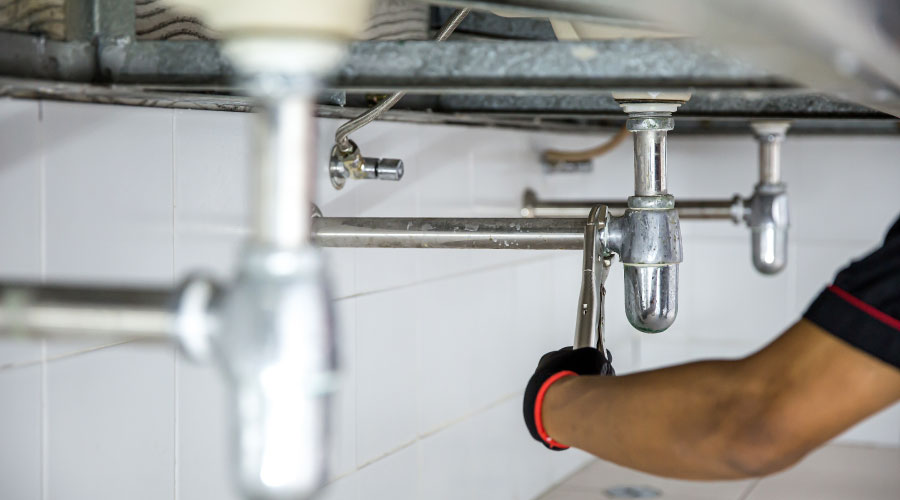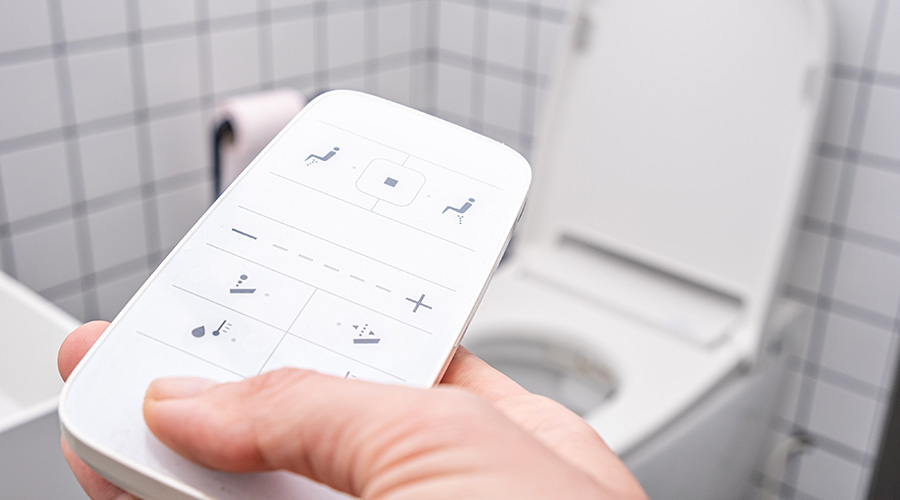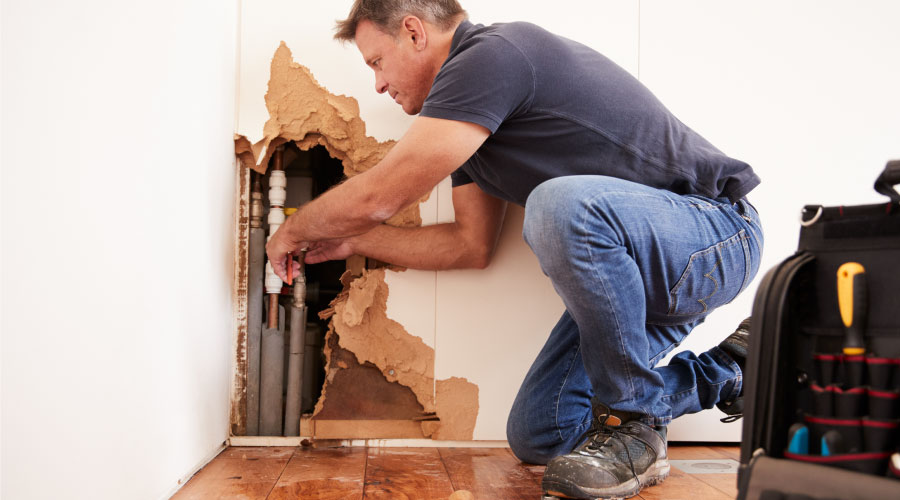Fixing Piping Problems Inside Buildings
To avoid disassembling the piping or drilling a hole in it, technicians have two non-destructive options for measuring wall thickness — an ultrasonic thickness gage and a test specimen.
The two-element transducer thickness gage can detect actual wall thickness within one one-thousandth of an inch, even in the presence of corrosion on the inner wall. The same accuracy applies to the test specimen, which is a solid cylindrical specimen of the same metal as the pipe wall.
Technicians can prepare the specimen by turning it on lathe and measuring its diameter with a micrometer to the thousandth of an inch before insertion. It is inserted into the piping system through a special fitting in the pipe wall located at a bend where corrosion and erosion are likely to occur.
At periodic intervals, the technician removes and measures the specimen. The difference between the original and subsequent measurements equals the rate of change in wall thickness. By comparing the original wall thickness to its current thickness, the planner can predict when the piping system will require replacement.
In cases of improper design or installation, the lowest-cost solution in the long run is corrective maintenance — upgrading piping and plumbing to current standards. This step eliminates the cause for excessive maintenance and extends the maintenance-free life of the installation.
Thomas A. Westerkamp is a maintenance and engineering management consultant and president of the work management division of Westerkamp Group LLC.
Related Topics:














